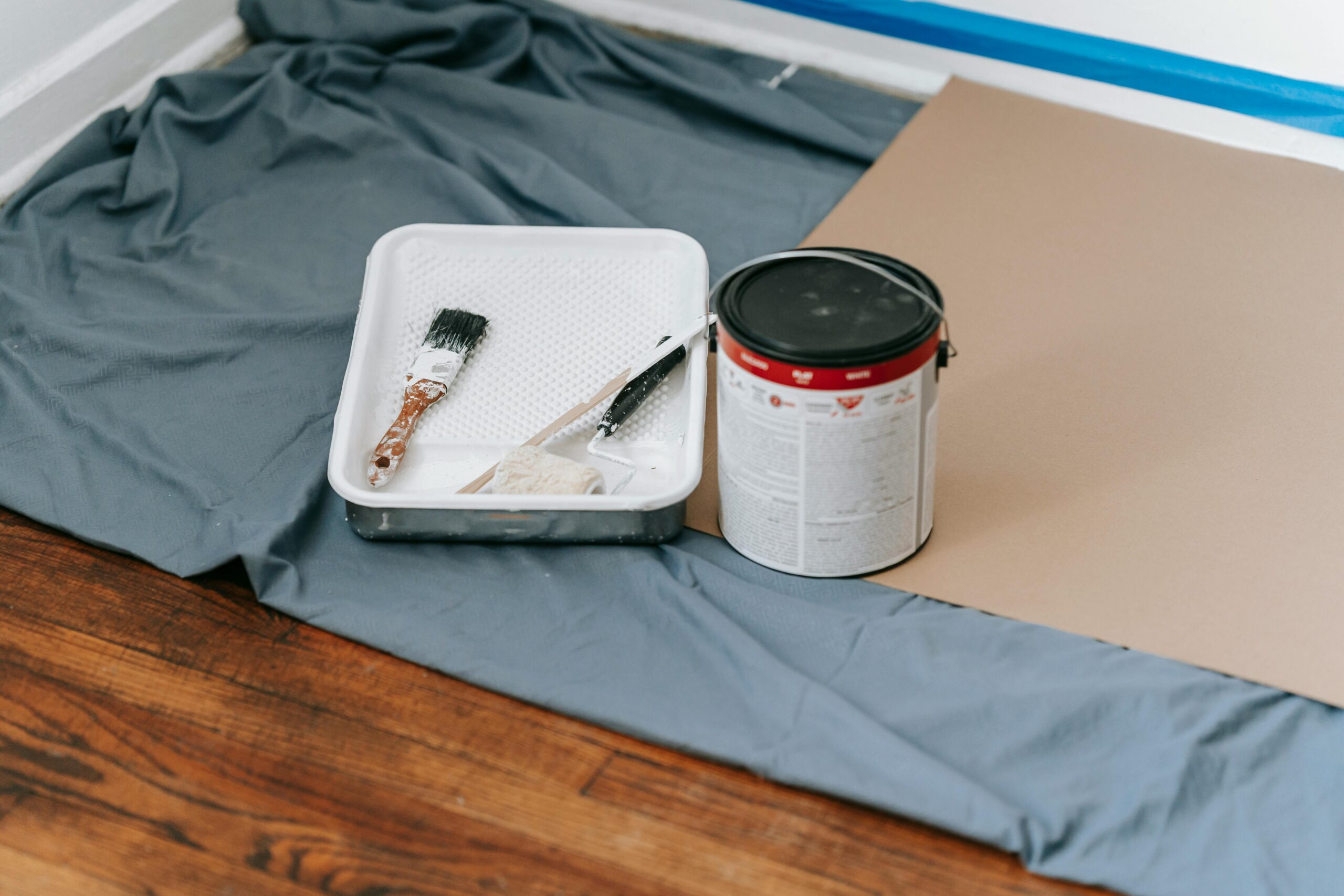Protecting yourself
When performing tasks such as sanding, painting, or working with solvents, you are exposed to particles and fumes. Since certain ingredients in paints and varnishes are toxic, it is crucial to take precautions, particularly for those who work with these substances on a regular basis.
For the protection of your skin:
- Wear cotton gloves when handling sharp or abrasive tools.
- Wear latex gloves when handling paint materials.
- Wear protective neoprene gloves when handling solvents, strippers, or other harsh chemicals.

For eye protection:
- Wear safety goggles when handling tools.
- Protective goggles should be worn when sanding, spraying, or painting overhead to prevent exposure to dust and aerosol droplets.
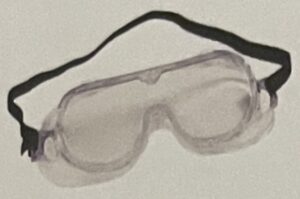
To safeguard your lungs:
- If possible, strip, sand, and paint outside, or alternatively, cross-ventilate by opening at least two windows or doors.
- When there is a risk of inhaling dust, aerosols, or solvent fumes, utilize a respirator to filter the air. Only use the type endorsed on the product label.
Respirators – They are categorized into two types:
Dust masks, also known as particulate respirators, are designed to filter out dry particles and most non-oil-based liquid droplets. Employ a dust mask when sanding bare or painted wood (except lead-based paint), drywall, and rusted surfaces. Specialized particulate respirators are available for specific tasks, such as spraying latex paint and sanding (but not burning off) lead-based paint.
Cartridge respirators feature both particulate filters and chemically active canisters for absorbing solvent vapors. Use a cartridge respirator when spraying solvent-base paints and working with solvents and strippers. See Choose the Right….
Proper respirator fitting:
A respirator must form an airtight seal around your nose and mouth. They don’t work well with beards. If you have a beard and you’re going to be working with hazardous chemicals, consider shaving beforehand to be safe.
,To wear a dust mask:
- Place the mask beneath your chin.
- Adjust the top and bottom straps over your head, ensuring they are positioned just above and below your ears.
- Shape the soft metal tab to fit your nose.
- Check the fit by covering the mask with both hands and drawing a sharp breath: it should be hard to breathe.
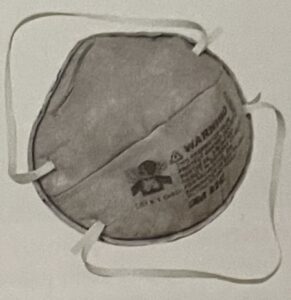
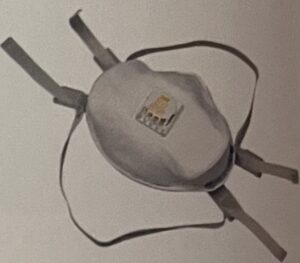
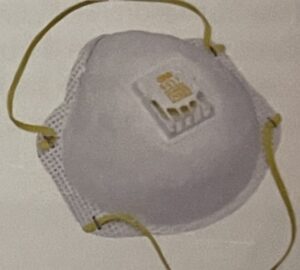
To wear a cartridge respirator:
- Place the respirator over your face loosely, low on the bridge of your nose.
- Adjust the straps for a comfortable and secure fit.
- Check the fit by blocking the air inlets and breathing out lightly. The mask should bulge slightly, and you should neither hear nor feel any leakage. If you smell fumes or begin to feel dizzy, then the respirator doesn’t fit, the canisters are the wrong type, or they are used up.
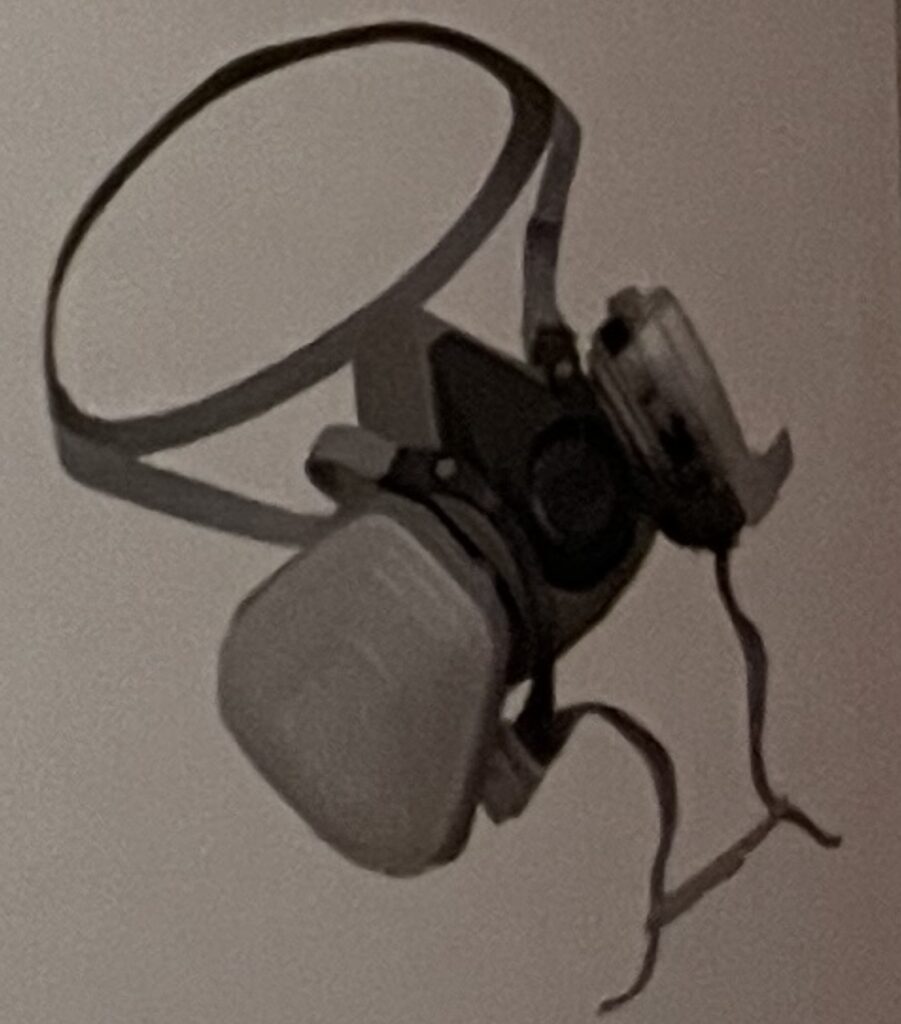

When painting overhead, a painter’s cap prevents spatters from getting in your hair or on your glasses.
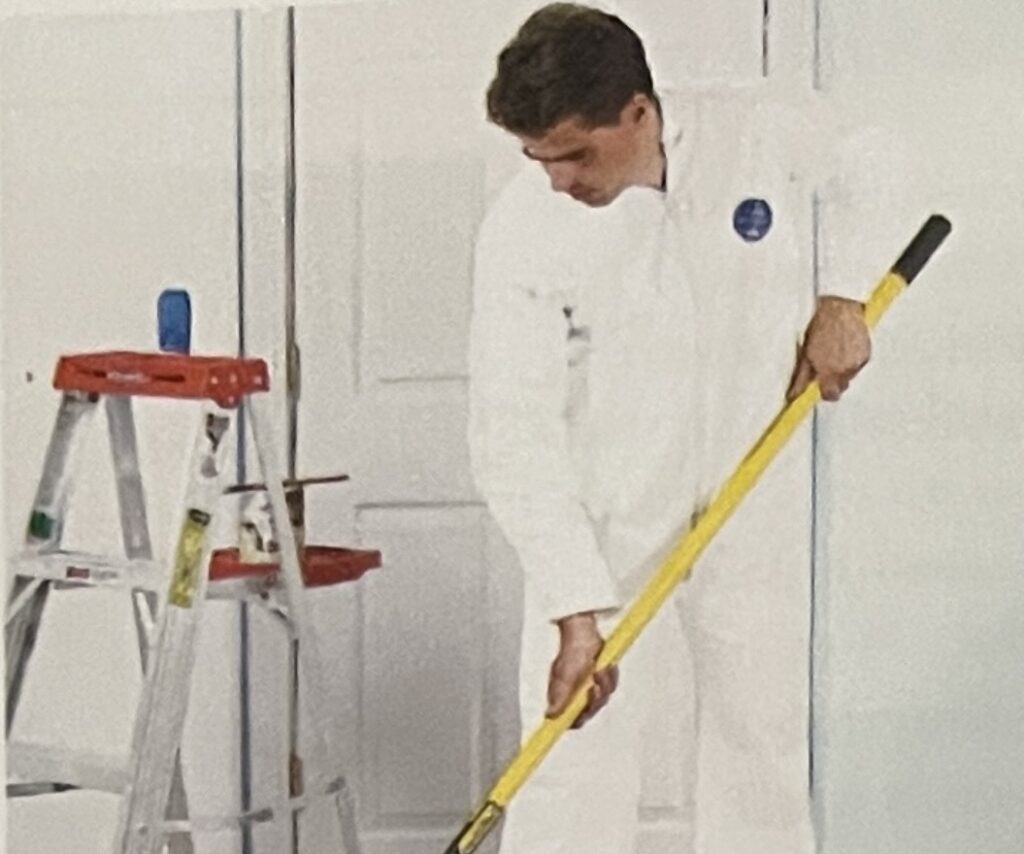
A coverall consisting of long pants and a long-sleeve shirt provides comprehensive neck-to-toe coverage and features breathable fabric to keep you cool.
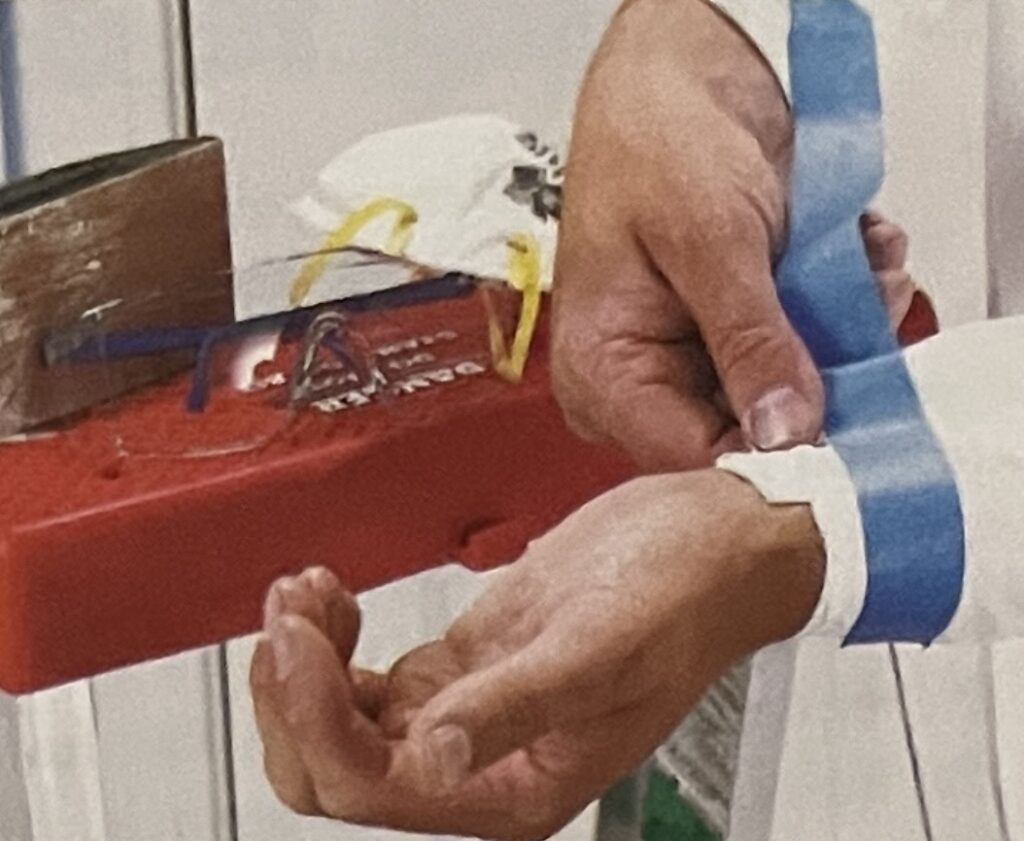
Tape your sleeves and cuffs with masking tape when sanding or spray-painting
Protecting surfaces
Paint spatters are an unavoidable reality, even with meticulous care. Proactively covering vulnerable surfaces will ultimately prove time-efficient. Remove furniture if feasible, or reposition it to the room’s center. Next, implement spatter-proofing measures: Deploy drop cloths to safeguard large surfaces, including floors and remaining furnishings. Utilize painter’s tape, a low-residue masking tape, on door and window trim to prevent damage to finished surfaces upon removal. Press it firmly along the edges. Combine paper masking with painter’s tape along baseboards, and cover lighting fixtures with plastic.
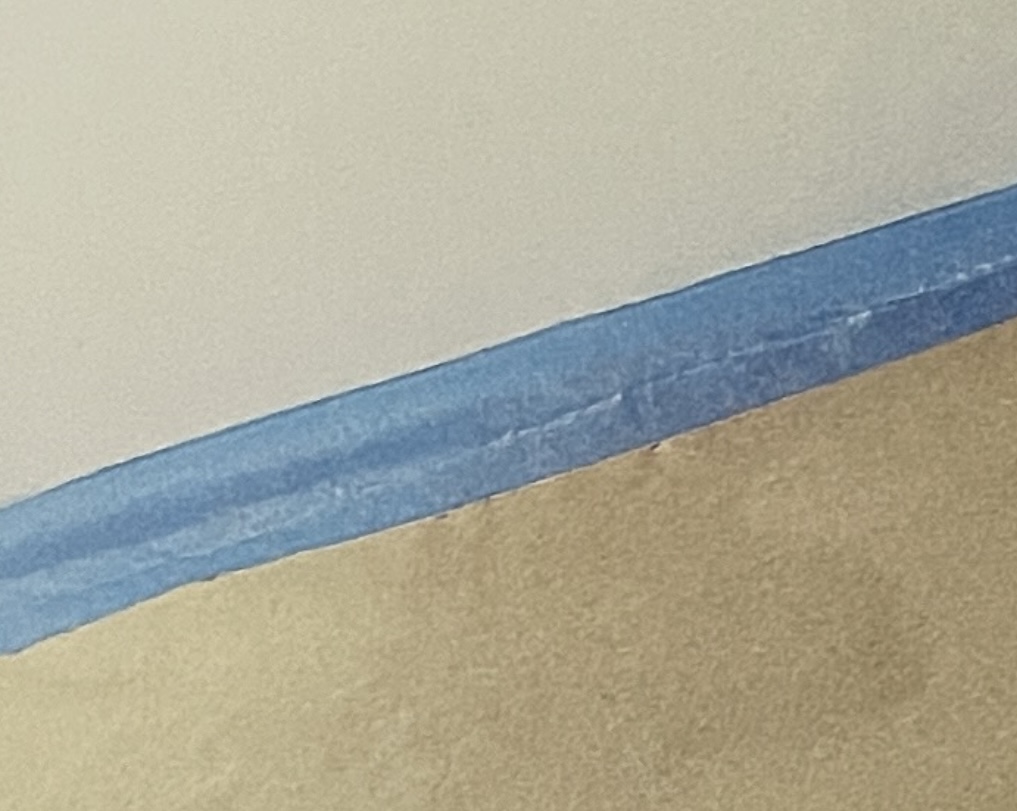
Painter’s tape can remain in place for up to one week while preparing, but it is essential to remove it immediately after painting, before the paint dries.
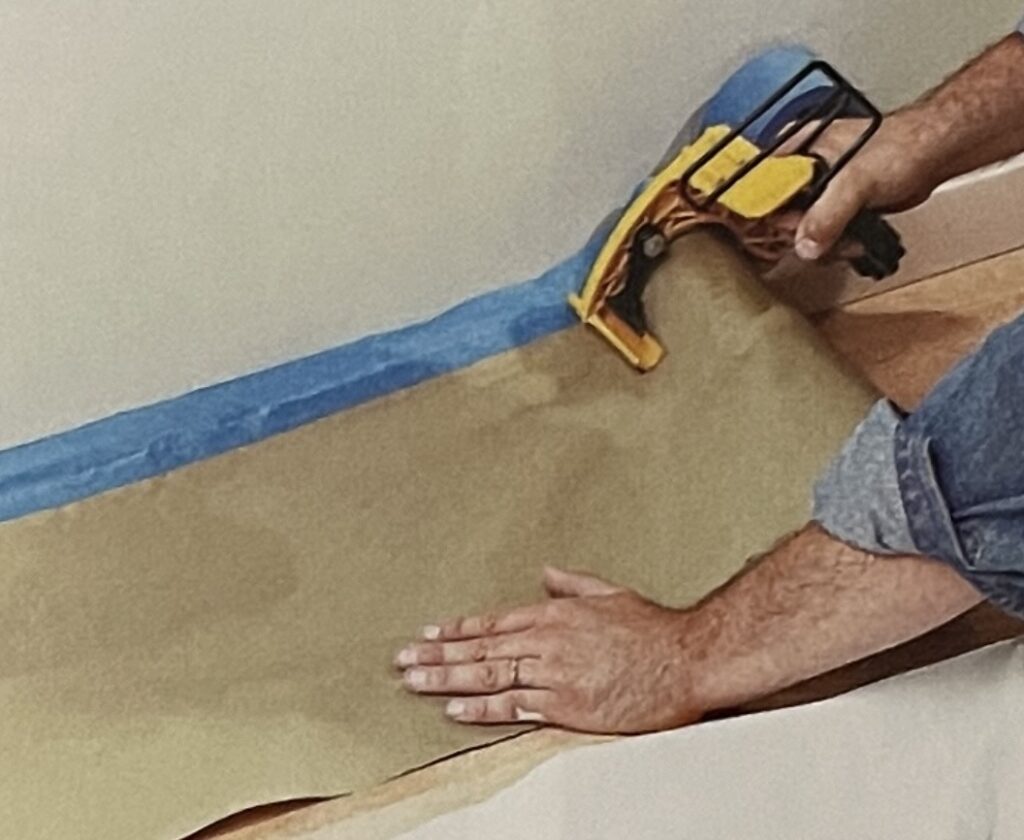
Paper masking is offered in multiple widths. Unless it’s self-adhesive, attach it with tape to protect the baseboard. Place the drop cloth under it to protect the floor.
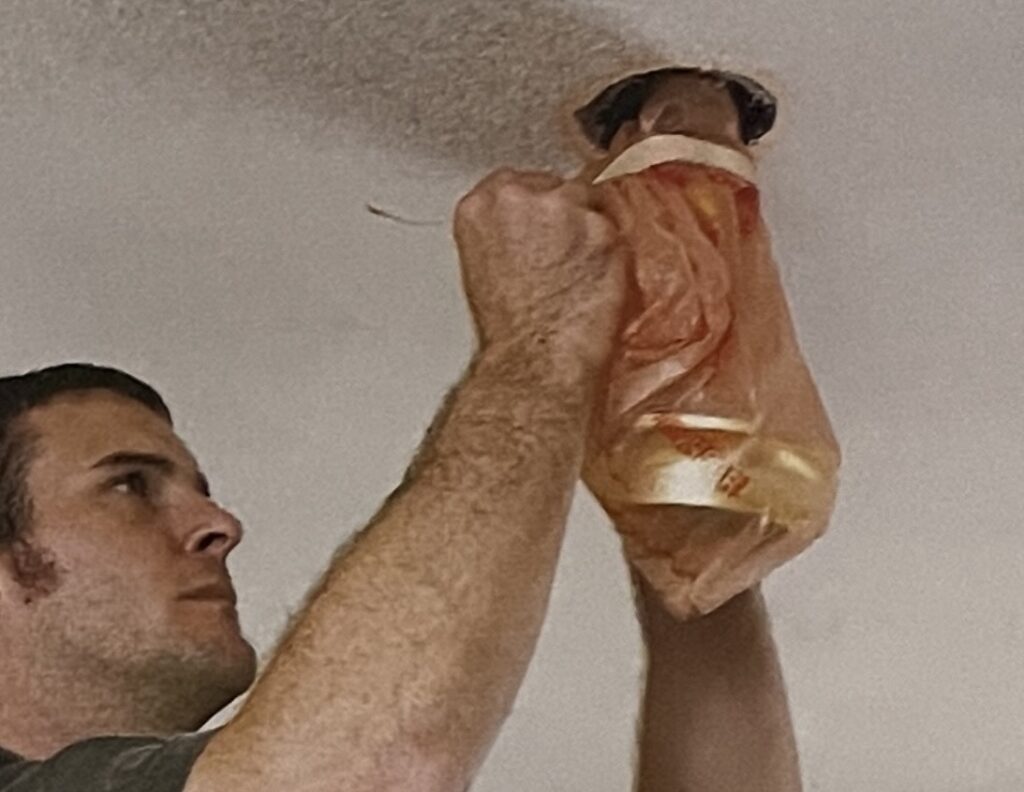
Protect light fixtures by turning the lights off and draping or enclosing them in plastic. Loosen the ceiling canopy, if possible, to paint beneath it; reattach when paint dries.
BUYER’S GUIDE
THREE TYPES OF DROP CLOTHS
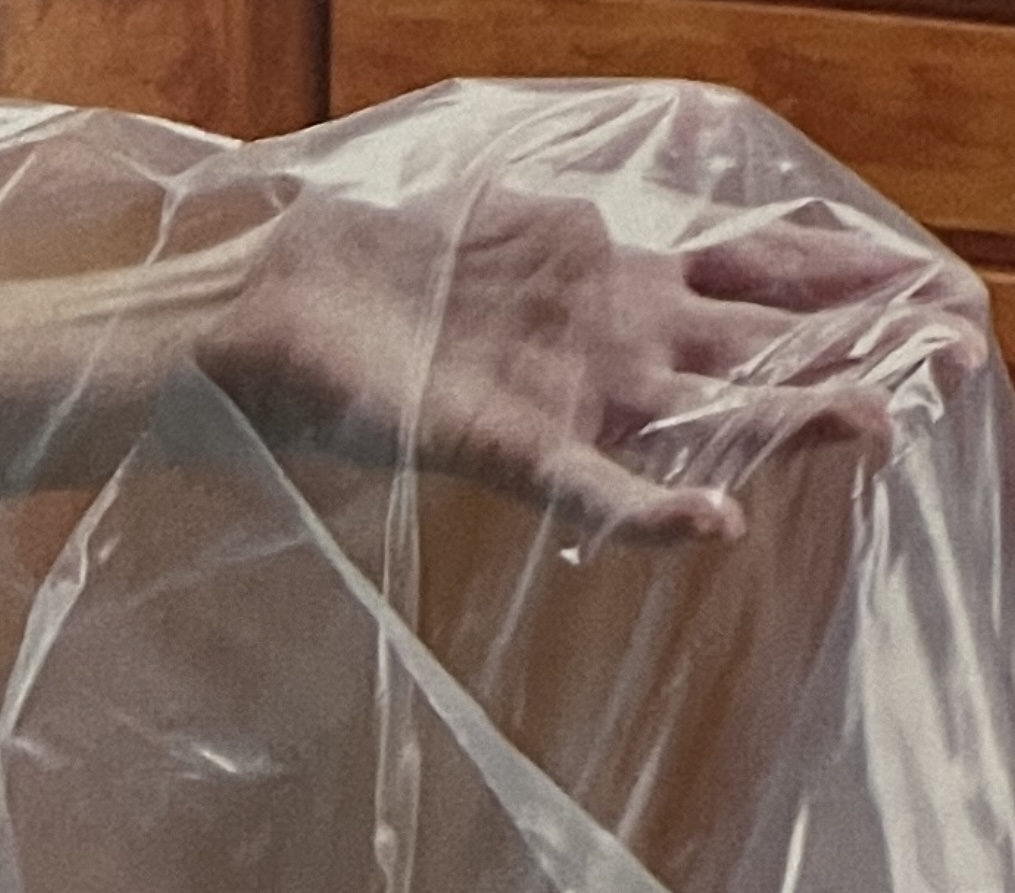
Poly sheeting, the least expensive, is waterproof. It’s slippery underfoot but works well to cover furniture.
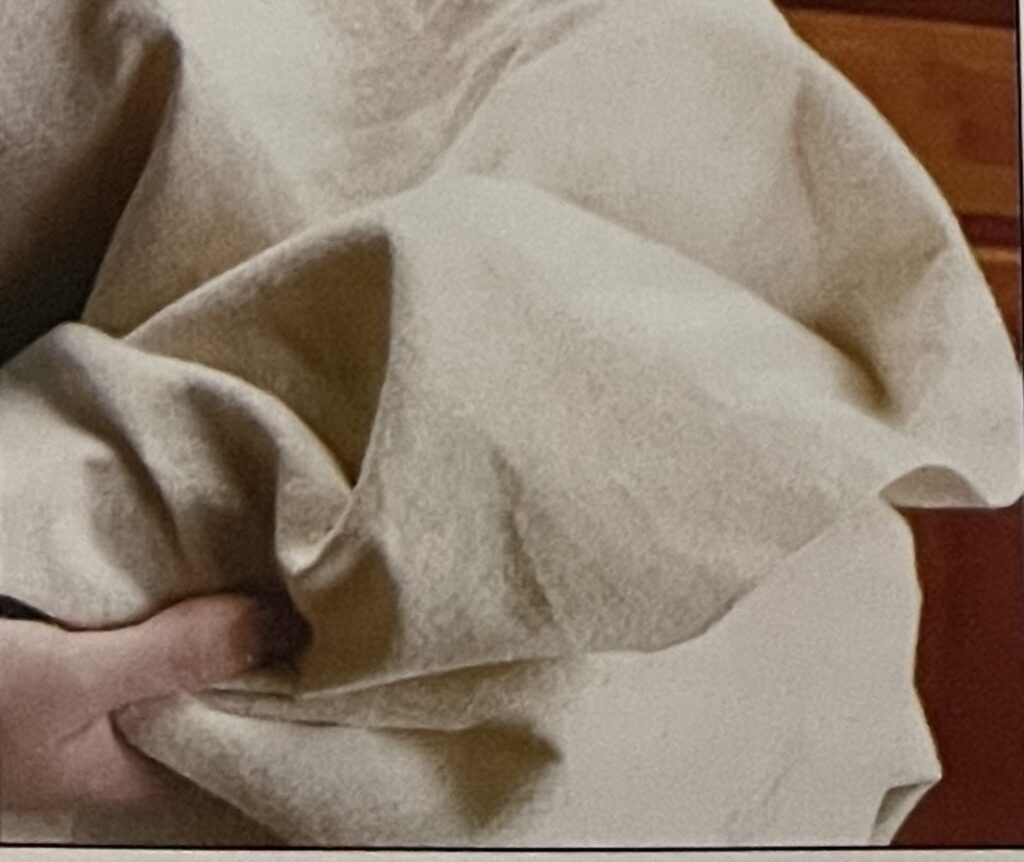
Canvas will last longest but is not waterproof; water-base (latex) paint will soak through it.
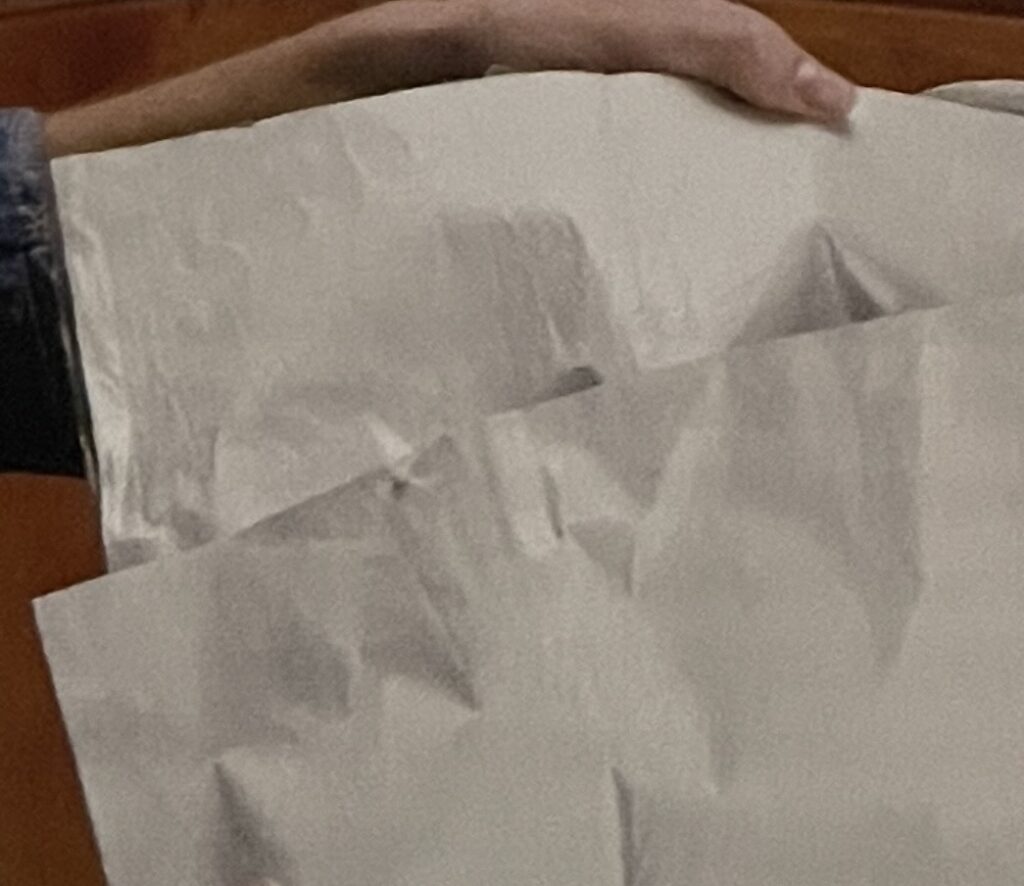
Paper/poly has paper lined with a waterproof poly backing. It costs less than canvas and is less slippery than pure poly.

